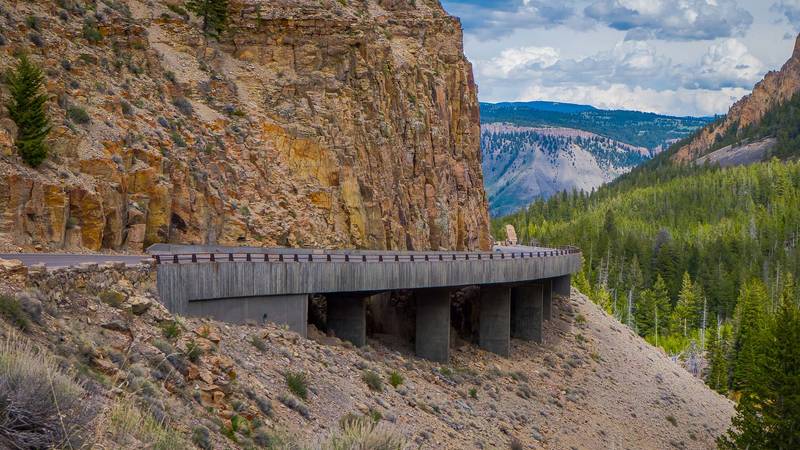Record-breaking visitation demonstrates love of parks, need for more park staff.
WASHINGTON – National parks welcomed nearly 331 million visitors in 2016, according to new numbers announced today by Interior Secretary Ryan Zinke. Last year’s visitation was a nearly 7.7 percent increase over the previous year, setting a new record for visitation as the Park Service celebrated its centennial year. The increase is part of a recent trend in growing park visitation; over the last two years, there has been a 13 percent visitor increase.
While this trend showcases America’s love of our national parks, the increased visitation is also putting pressure on an already stressed national park staff. Serious underfunding by Congress has resulted in roughly 10 percent less staff now than just a few years ago. The Park Service has more than 1,700 vacant positions, and even more positions will become vacant in the coming years as a significant portion of the agency’s staff edge closer to retirement.
The timing of President Trump’s federal worker hiring freeze, as well as his order for federal managers to look for ways to further reduce staff numbers, will have a serious impact on the Park Service if unresolved. This comes at a time when parks are preparing to welcome an influx of visitors for their 2017 season.
Below is a statement by Theresa Pierno, President and CEO of National Parks Conservation Association:
“Today’s report shows that our national parks are more popular than ever. From the shores of Acadia to the peaks of Rocky Mountain and hallowed ground at Gettysburg, our national parks are dynamic places that visitors from around the world visit to have once-in-a-lifetime experiences, and as these numbers show, national parks are only becoming more popular. In fact, some parks are seeing double-digit increases in visitor numbers.
“But this popularity also means more stress on the staff charged with protecting our national parks. Greeting park visitors, giving tours, maintaining historic buildings, monitoring iconic wildlife and rescuing lost hikers require the dedicated efforts of tens of thousands of people. But for years, our national parks have been woefully understaffed.
“Superintendents operate parks on shoestring budgets and can’t afford to fill open positions, leaving current staff to work long hours and perform the jobs of multiple people. The same park ranger greeting visitors may also need to lead a tour, fix a display and clean a bathroom because there is simply no one else to do it. This is an unsustainable situation that threatens local economies, and the President’s recent federal worker hiring freeze only makes a bad situation worse.
“While the Park Service eventually got an exemption to the hiring freeze so it could hire the more than 8,000 seasonal workers it brings on every year for busy summers at parks like Yosemite and Grand Canyon, parks simply cannot rely on seasonal workers alone to fill the void.
“Parks need more rangers, not less, to handle record-breaking crowds, care for our natural resources and tackle parks’ $12 billion deferred maintenance backlog. Rather than freezing the hiring of new park staff or further reducing their ranks, the Administration should exempt the Park Service entirely from the freeze and work with Congress to get the agency the resources it needs so that visitors can continue enjoying America’s favorite places.”
###
About National Parks Conservation Association
Since 1919, the nonpartisan National Parks Conservation Association has been the leading voice in safeguarding our national parks. NPCA and its more than one million members and supporters work together to protect and preserve our nation’s natural, historic, and cultural heritage for future generations. For more information, visit www.npca.org.
For Media Inquiries
Recent Posts
-

Bipartisan Bill to Keep Fixing National Parks Arrives Not a Moment Too Soon
-

How the CCC’s Work Lives On in National Parks
-
Position on S. 2620, S. 2743, S. 2784, S. 3346, S. 3534, S. 3542, S. 4164, S. 4209, S. 4216, S. 4222, S. 4227, S. 4228, S. 4259, S. 4451, S. 4994, S. 5000, S. 5125, H.R. 3448 & H.R. 4984


